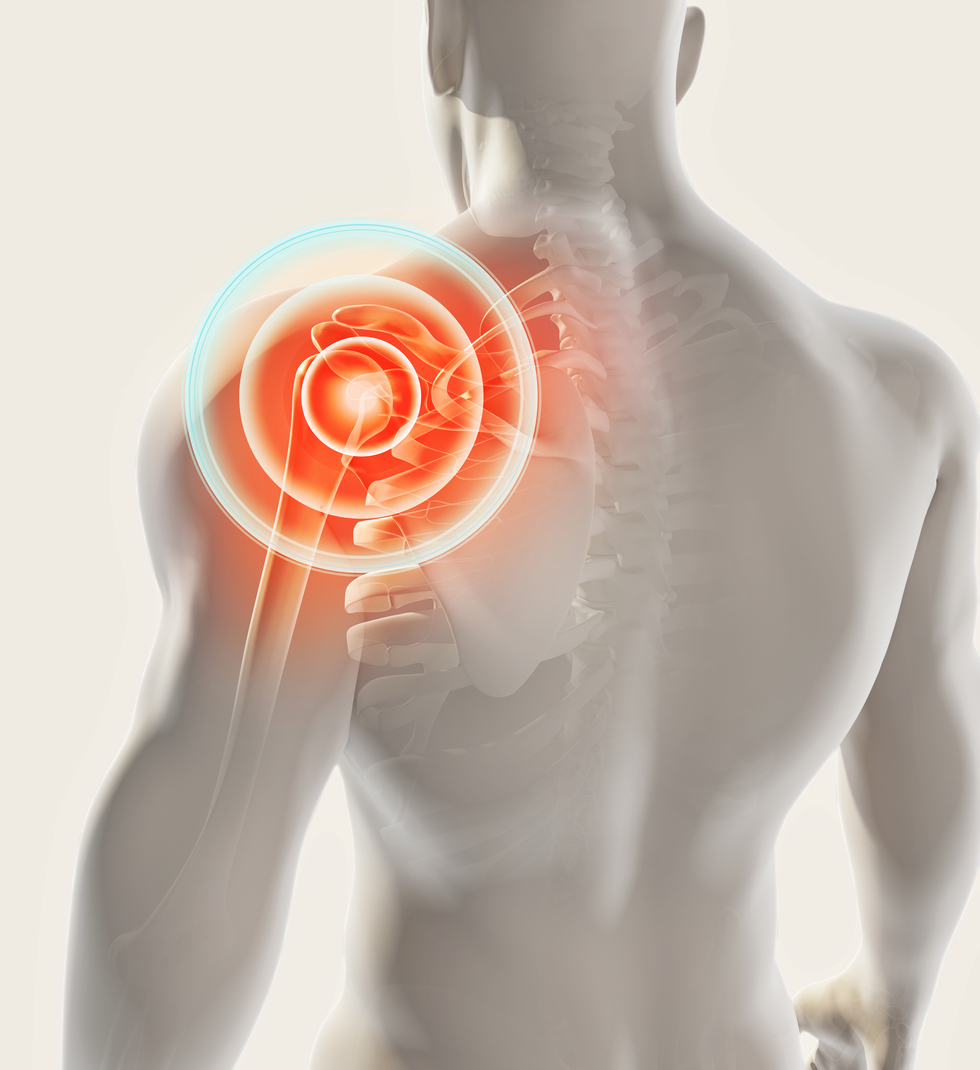Pain
Primary and Secondary Chronic Pain Classifications

The World Health Organization (WHO) created the International Classification of Diseases (ICD) to provide standard diagnostic codes for healthcare settings in countries around the world. The 11th revision of the ICD, or ICD-11, classifies chronic pain as either primary chronic pain or secondary chronic pain.
What is chronic pain?
Chronic pain is pain in one or more regions of the body that persists or recurs for at least three months. It is typically associated with emotional distress or functional disability.
What is primary chronic pain?
Primary chronic pain is pain that cannot be explained by another health condition, such as chronic cancer-related pain or chronic postsurgical pain. The ICD’s classification of primary chronic pain provides a diagnostic code for chronic pain that does not have a known cause or established pathophysiology. In the past, chronic pain without an identifiable medical cause was often classified as a somatic system disorder, implying that the pain was caused by a mental health condition. The new classification of primary chronic pain helps prevent this practice.
Examples of chronic pain that fall under the classification of primary chronic pain include fibromyalgia, nonspecific back pain, and nonspecific pelvic pain.
What is secondary chronic pain?
Secondary chronic pain is chronic pain with a known cause or established pathophysiology. There are six categories of secondary chronic pain:
- Chronic cancer-related pain, including pain caused by the cancer itself or by cancer treatments
- Chronic postsurgical or posttraumatic pain
- Chronic secondary headache and orofacial pain
- Chronic secondary visceral pain, such as pain from bowel obstruction or abdominal distension
- Chronic neuropathic pain, including central and peripheral nerve pain
- Chronic secondary musculoskeletal pain, including pain from inflammation or structural changes to the bones or joints
The separate classifications of primary and secondary chronic pain improve the representation of chronic pain, allowing for better identification of healthcare trends and more specific research. This helps support the medical community in the battle against chronic pain. The ICD-11 takes effect in January 2022.


















